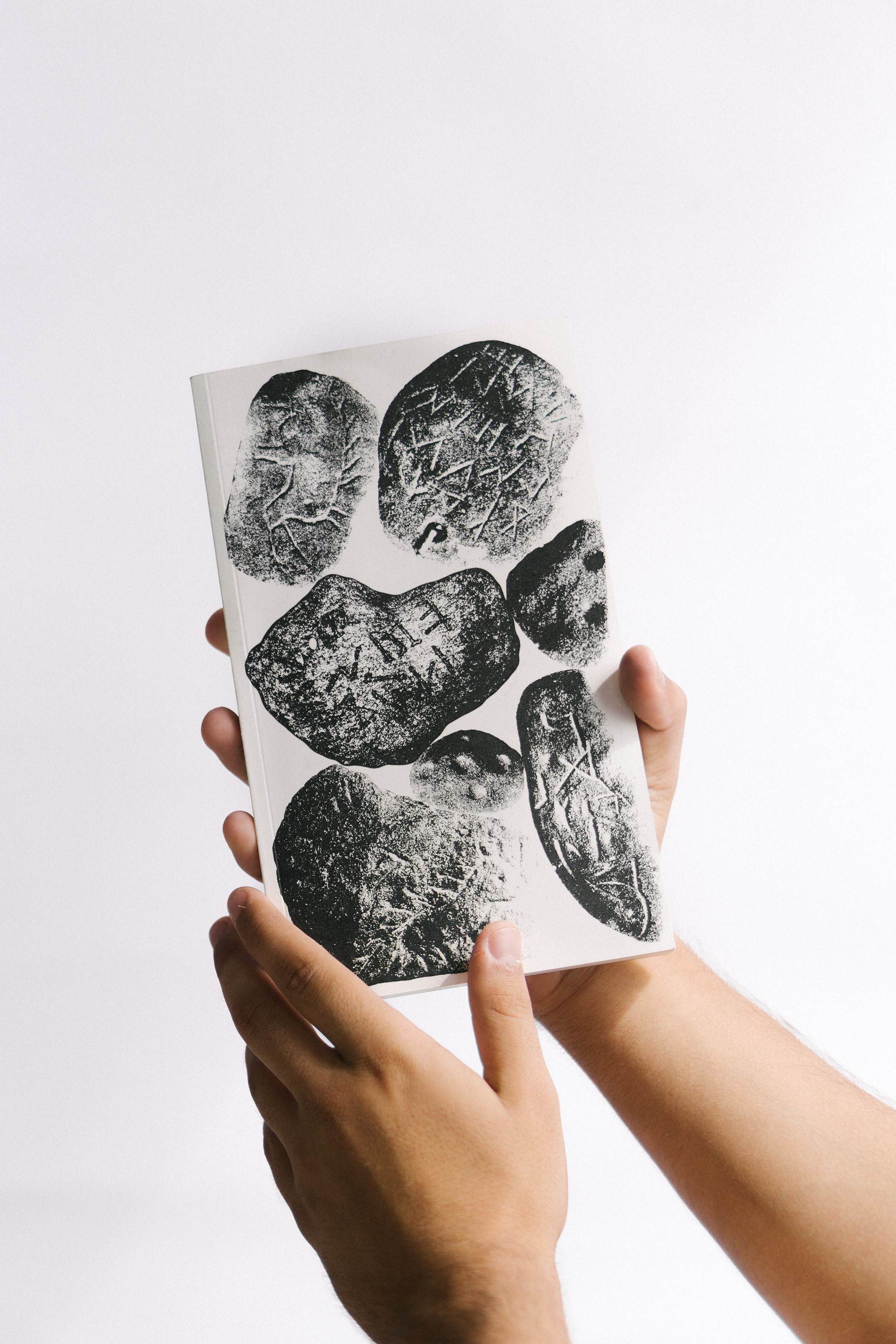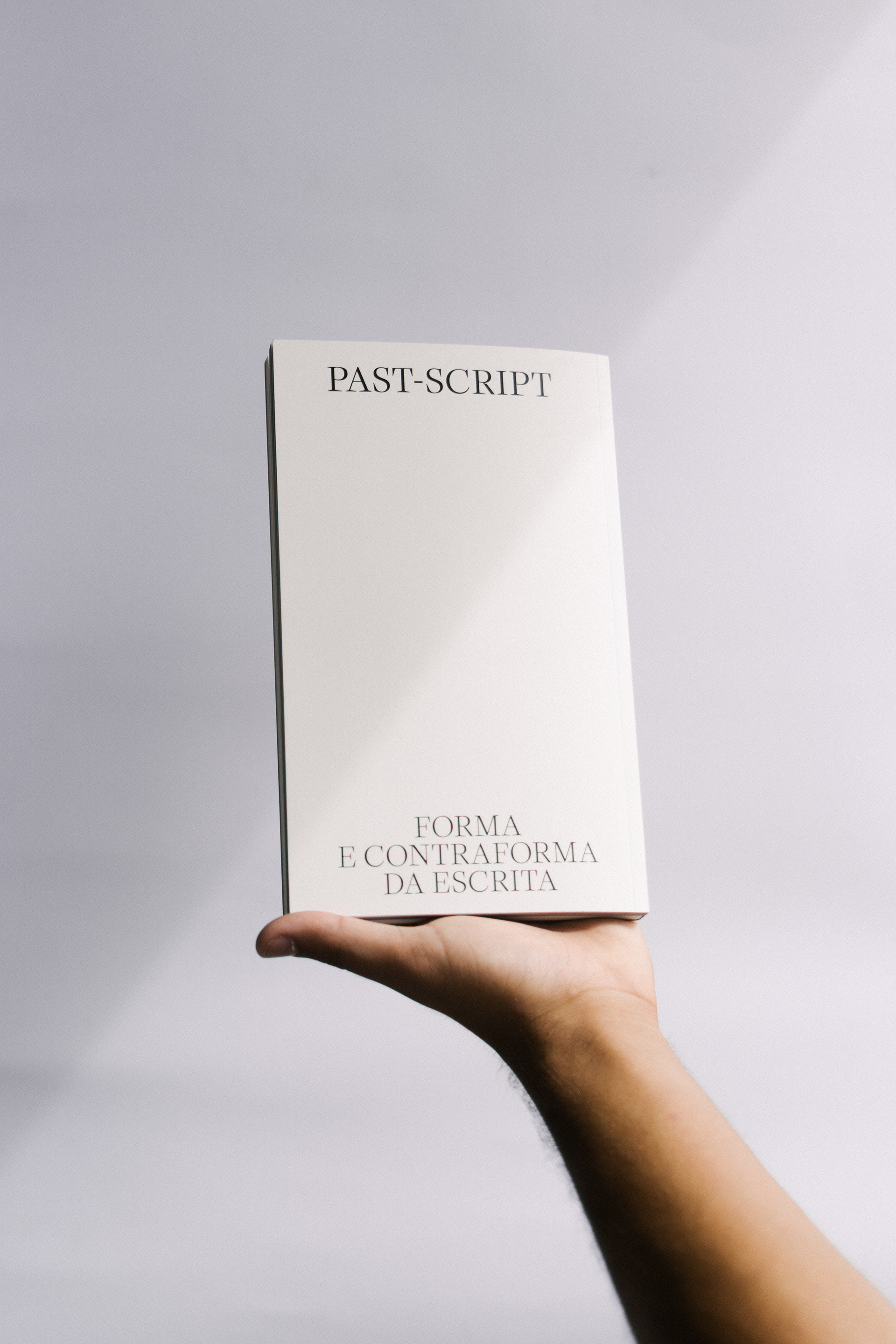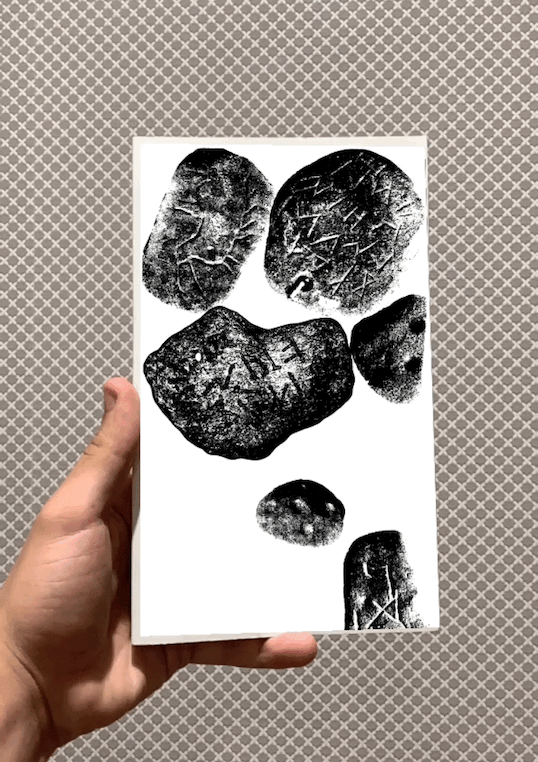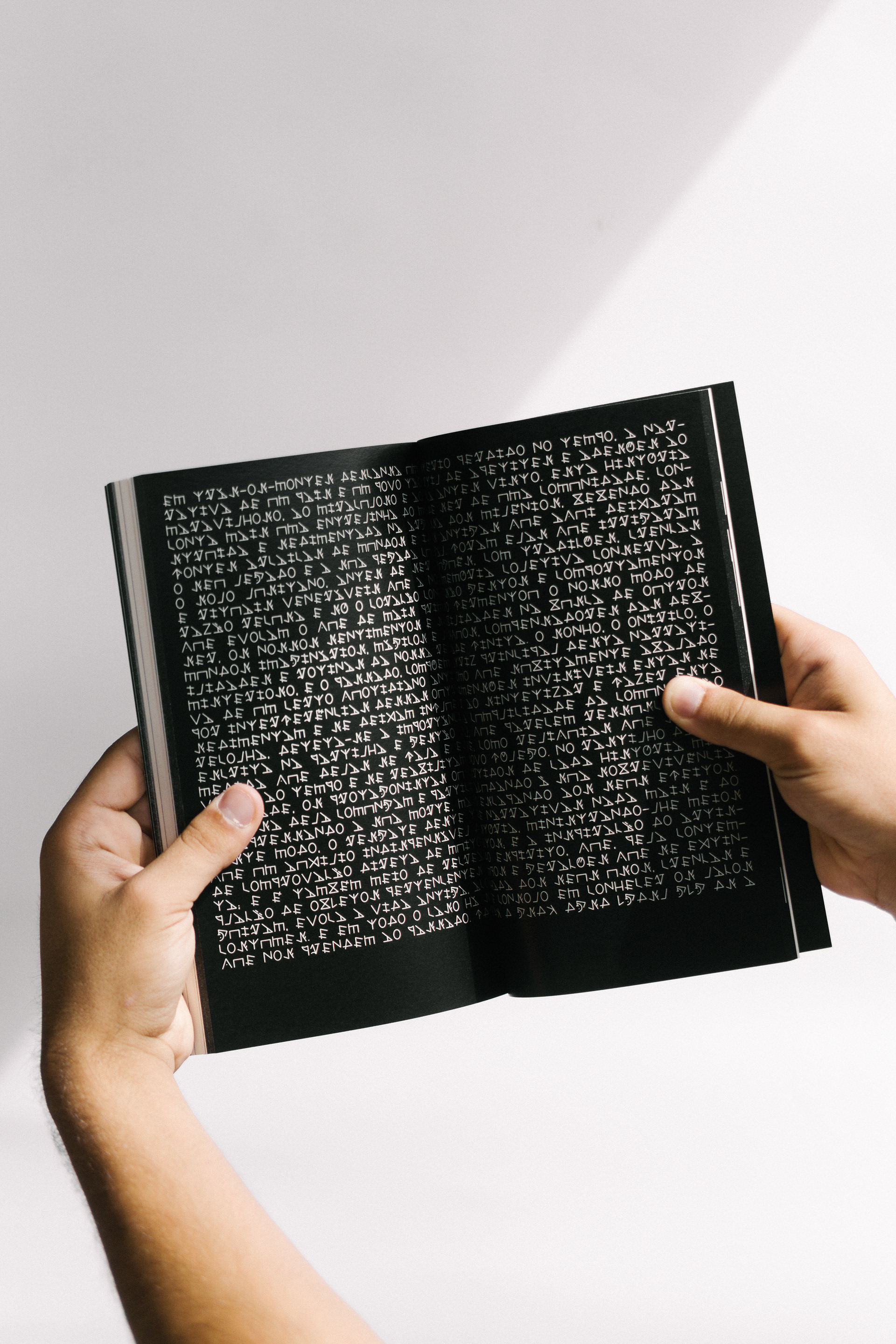PAST—SCRIPT
FORMA E CONTRAFORMA DA ESCRITA
FORMA E CONTRAFORMA DA ESCRITA
The project addresses the mystery that persists in time about the artefacts found in Alvão in 1894 by priests José Brenha and Rafael Rodrigues, when they decided to excavate the dolmens present in the mountains in search of treasures. The two priests found a vast set of stones and war objects that contained anthropomorphic characters and engravings, and this discovery triggered a possible theory that these characters, given their chronological condition, would be records of the first alphabet in the world.
All types of information that was collected were screened so that the veracity and cohesion of the information were trustworthy, one of the main reasons for such concern being the historical content of our project and the desire to transmit everything else as clear as possible to the reader. This research is based on the texts of the two priests who, in 1894, found a collection of stones in Serra do Alvão, and also on a text written by Ricardo Severo in an article for the magazine Portugália in 1903. To complement all this information, we have collected a database on ancient alphabets and writing systems in general.
Complementing the theoretical conclusion, this project visualizes the character set from a graphic point of view, and redraws this possible alphabet in a contemporary and balanced way, based on diagonal shapes in contrast to curvilinear shapes. Subsequently, a translation of the “Alvão Alphabet” was created into the Latin alphabet that is used worldwide. Our writing system was named “Alvana” because it comes from Alvão, being an “Alvana” relic. Alvana is a writing system that can be used in 3 different weights - Light, Regular and Bold.
All types of information that was collected were screened so that the veracity and cohesion of the information were trustworthy, one of the main reasons for such concern being the historical content of our project and the desire to transmit everything else as clear as possible to the reader. This research is based on the texts of the two priests who, in 1894, found a collection of stones in Serra do Alvão, and also on a text written by Ricardo Severo in an article for the magazine Portugália in 1903. To complement all this information, we have collected a database on ancient alphabets and writing systems in general.
Complementing the theoretical conclusion, this project visualizes the character set from a graphic point of view, and redraws this possible alphabet in a contemporary and balanced way, based on diagonal shapes in contrast to curvilinear shapes. Subsequently, a translation of the “Alvão Alphabet” was created into the Latin alphabet that is used worldwide. Our writing system was named “Alvana” because it comes from Alvão, being an “Alvana” relic. Alvana is a writing system that can be used in 3 different weights - Light, Regular and Bold.




DESIGN
Diogo Saraiva
Helder Pinho
José Pedro Carmo
Marco Silva
ACADEMIC
ESAD (College of Art and Design)